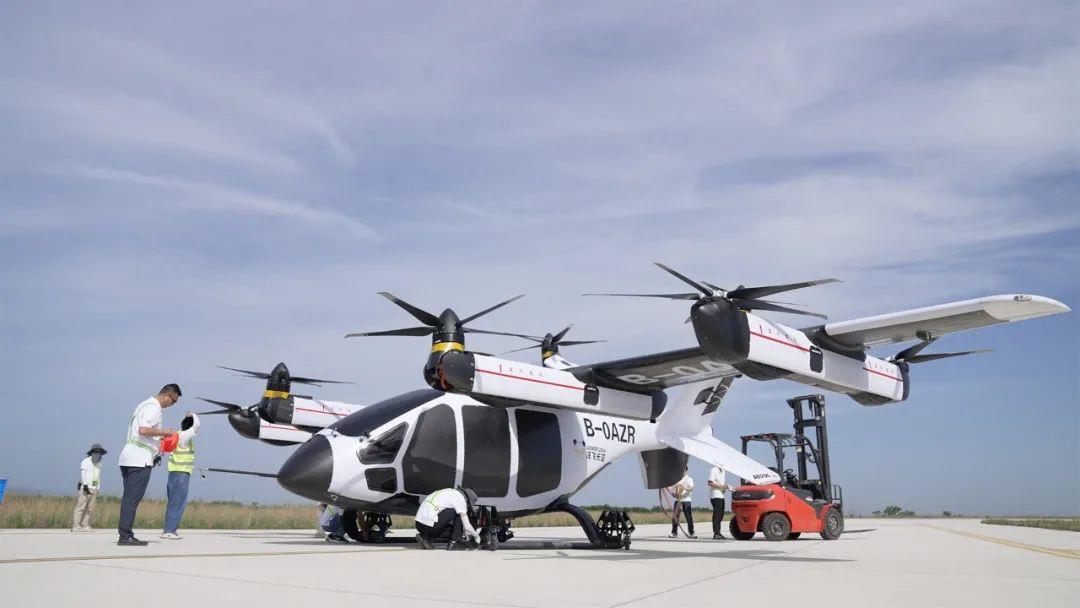China’s Henan province issues policy for development of low-altitude economy
Shanghai (ZXZC)- On August 12, the General Office of the People's Government of Henan Province issued a notification regarding the "Implementation Plan for Promoting High-Quality Development of the Low-Altitude Economy in Henan Province (2024-2027)" (hereinafter referred to as "the Plan"). The initiative aims to accelerate the development of the low-altitude economy, fostering the integration of low-altitude economy consumption, aircraft manufacturing, and operational services into a comprehensive industrial chain, ultimately forming a new productive force and creating strategic emerging industrial clusters.

Photo credit: AEROFUGIA
The Plan sets ambitious targets for 2025, including the completion of a low-altitude infrastructure layout and the establishment of a preliminary airspace management mechanism in the province. By then, Henan aims to build around 10 general airports and several takeoff and landing sites for helicopters and drones. The low-altitude economy is expected to reach a scale of 30 billion yuan, with approximately 50 enterprises above designated size, and the establishment of over 20 provincial-level or higher technology innovation and public service platforms. The total flight hours for general aircraft are targeted at 80,000 hours, with drone flight hours reaching 1 million hours. Additionally, the Plan seeks to create 20 benchmark low-altitude application scenarios to enhance the industrial ecosystem.
Looking further ahead to 2027, Henan plans to increase the number of general airports and transport airports with general aviation service functions to around 20. The low-altitude economy is projected to expand to 50 billion yuan, with about 60 enterprises above designated size and more than 25 provincial-level or higher innovation and service platforms. Flight hours for general aircraft are expected to reach 100,000 hours, while drone flight hours are projected to hit 2 million hours. The number of benchmark low-altitude application scenarios will be expanded and upgraded as well.
The Plan outlines 27 specific measures across eight key areas: fostering and expanding the low-altitude consumer market, accelerating industrial development, improving infrastructure networks, establishing a comprehensive airspace management mechanism, enhancing talent development and cooperation, refining standards and policies, and creating a favorable development environment.In terms of expanding the low-altitude consumer market, the Plan emphasizes leveraging Henan's rich tourism resources, robust transportation hub system, and substantial express delivery business to drive the integration of the low-altitude industry, in a bid to expand low-altitude consumption, public services, logistics, and short-distance transportation, encouraging the participation of diverse entities and creating distinctive, diversified consumer application scenarios.
Regarding infrastructure development, the Plan calls for a balanced approach that considers both current and long-term needs. It emphasizes the scientific planning of ground takeoff and landing facilities, low-altitude communication infrastructure, and support services, aiming to build a multi-level ground support network centered around key general airports, with helicopter landing sites and drone takeoff points serving as the network's endpoints. The Plan also supports the construction of regional general aviation operation support bases in areas with eligible conditions.

